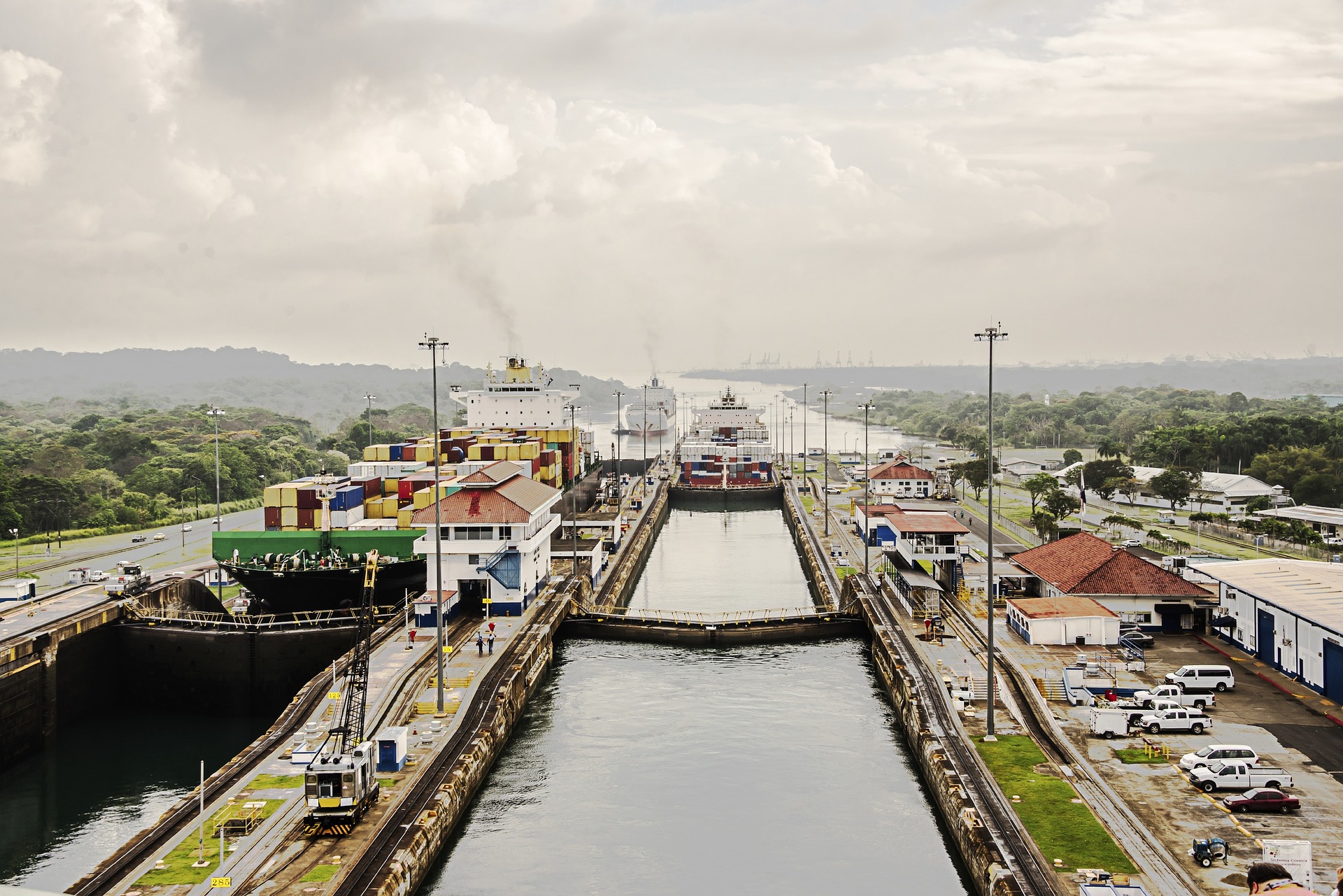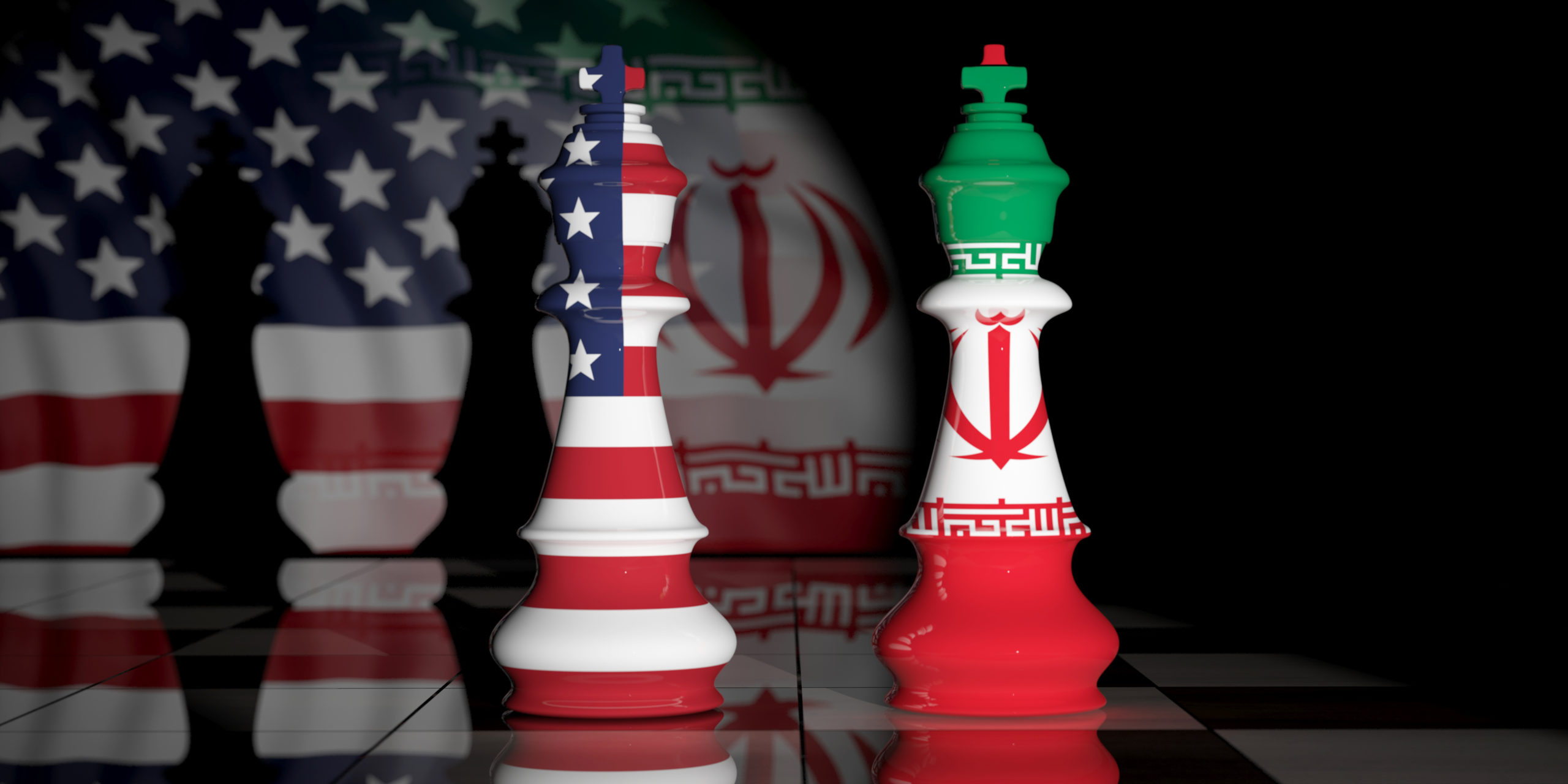Geopolitical Concerns
Panama:
What are the security concerns in Panama? The biggest concern is the Darien region – Panama/Colombia border – migrants crossing through Panama en route to Costa Rica and eventually the USA. There is also concern with rising coca production and Colombian rebels in the Darien.
How is Panama’s relationship with their regional neighbors? Panama has good relations with Colombia and Costa Rica – both Costa Rica and Panama do not have an Army per se for security – only police forces.
How is the U.S.-Panama relationship? Panama installed a new President on Monday – Laurentino “Nito” Cortizo. He was a surprise winner in May by 2 percentage points. He is U.S. educated and will have five years now to work the U.S./China balance (see below on China.) Bottom line is that Panama will continue to work with China and do what is in their economic best interest (keeping one eye on the United States’ reaction) and simultaneously work to soothe U.S. concerns of China’s grasping control of the Canal and country. The goal is to not allow another Sri Lanka port incident where China used debt traps and other predatory policies to secure a strategic advantage with a 99-year lease of Hambantota Port in December of 2017.
What is China’s reach into the country? This is historical info – but it is important to understand:
On June 12, 2017, Panama’s President Juan Carlos Varela announced that his government was breaking relations with the Republic of China (Taiwan) and diplomatically recognizing the People’s Republic of China (PRC). China is the 2nd largest client of the Panama Canal. Panama’s recognition of the PRC has significant implications for the country, for the region, and for the U.S.
While Panama has long been a significant center for PRC commercial activity in the region, the change in recognition will likely allow a significant advance in Panama-PRC relations. Just before the announced diplomatic change, China’s Landbridge Group began construction on a $1 billion investment to build a massive deep-water port and logistics complex – the Panama Colon Container Port (PCCP) on Panama’s Margarita Island. China’s Foreign Minister Wang Yi traveled to Panama to lead the way for an exchange by Panama’s President Varela and China’s President Xi. During these visits, significant PRC loans to and investments in Panama, already subject to discussion behind the scenes, were announced. These included projects in the country’s logistics sector, which will be symbolically linked to the PRC’s “one belt one road” initiative, as well as Chinese warehousing, transformation and region-wide commercial distribution operations in the canal, the storage and movement of petroleum, banking, telecommunications, and hotel investments.
PRC is indeed looking for a door into Latin America and Panama provides it. It will be interesting to see the way ahead with the new President since he is from the opposition party of the former President who established ties with China. President Cortizo’s children have U.S. passports and he did visit the U.S. frequently. This is an opportunity to strengthen the U.S.-Panama relationship as it was a surprise he was elected President earlier this year.
Peru:
What are the security concerns in Peru? Peru is the second largest cocaine exporter in the world. Transnational criminal networks have penetrated the increasingly profitable ventures of illegal timber, gold mining, and wildlife trafficking.
How is Peru’s relationship with their regional neighbors? Peru’s relations with Chile are sound but could always improve. There is consistent talk about the ChilePeru border issue but nothing will come of it as neither nation wants a conflict.
How is the U.S.-Peru relationship? Peru has good relations with the U.S. – though stronger when former President Kuczynski was leading because of his personal relationship with President Trump.
What is China’s reach into the country? China’s reach is getting stronger with an announcement by the Chinese ambassador that Peru will join China’s “Belt and Road” initiative. This increases the opportunity for greater investment in Peru by China.
Chile:
What are the security concerns in Chile? There are no real security issues – the last significant military conflict between South American countries was the War of the Pacific between 1879-1884. Chile won the war and Bolivia lost their port / access to the Pacific. Peru was also humiliated when Chilean troops occupied their capital, Lima, for several years. A treaty was worked out and Chile gave back most of the land they had secured in the war.
How is Chile’s relationship with their regional neighbors? Chile has no diplomatic relations with Bolivia. There are border and territorial disputes with Peru and Bolivia, but this will not lead to a war. Bottom Line – relations are stable and overall positive.
How is the U.S.-Chile relationship? This is a strong relationship – but there is concern with the strengthening Chile/China relationship and a need for a new Trans-Pacific Partnership (TPP) agreement.
What is China’s reach into the country? Chile’s economy is dependent on copper and China is their #1 importer of copper. Relations began in 1970 and Chile was the first country in Latin America to recognize the PRC. They have a strong trade relationship, but Chile is very good at scrutinizing the internal businesses of China in Chile – so China is not making the inroads that they have in other countries in the region. There are many rules/laws in place to limit significant Chinese investment in Chile and as Chile has a developed financial system and access to international capital markets – they do not need loans from the Chinese.
Original Post 7/31/2019



